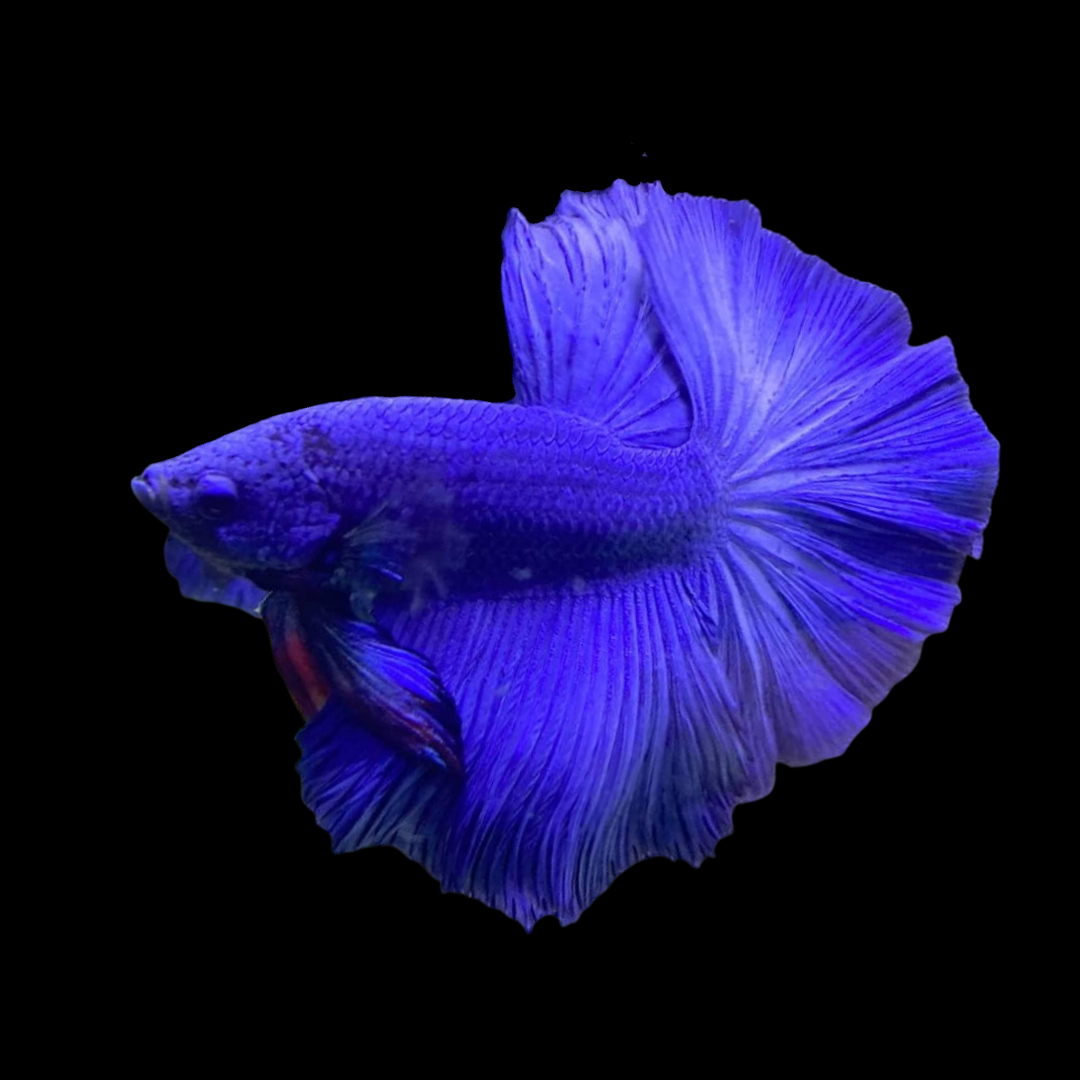Betta Fish Tank Setup: A Step-by-Step Overview for Beginners
Betta Fish Tank Setup: A Step-by-Step Overview for Beginners
Blog Article
Just How to Reproduce Betta Fish Effectively: Professional Strategies and Insights for Hobbyists Looking to Broaden Their Betta Collection
Breeding Betta fish calls for a nuanced understanding of genetics and environmental problems, making it necessary for hobbyists to come close to the procedure with both persistance and treatment. Creating an ideal breeding environment, picking the best sets, and observing the complexities of their courtship actions are foundational steps that can substantially influence the result.
Comprehending Betta Fish Genes
Recognizing the genetics of Betta fish is vital for effective reproduction, as it affects qualities such as color, fin form, and behavior. Betta fish show a diverse array of shades and patterns, mostly identified by their hereditary make-up. The main genes liable for pigmentation include the "B" gene for blue, "D" genetics for red, and the "C" genetics for shade strength. Dog breeders can adjust these qualities by selecting certain parent fish that show wanted attributes.
Along with coloration, fin morphology is an additional significant facet of Betta genetics (betta fish). The sizes and shape of fins are affected by different genes, including those that establish whether the fins are brief, long, or veil-shaped. Understanding these hereditary variants aids breeders predict the phenotypic end results of their offspring
Furthermore, behavioral characteristics such as aggressiveness and territoriality can also be influenced by genetics. These habits play a crucial role in the reproducing process, as they can influence generating success and the overall character of the resulting fry. By comprehensively recognizing these hereditary principles, breeders can make enlightened choices, inevitably improving their reproduction programs and accomplishing desirable results.
Preparing the Reproduction Setting
Developing an ideal reproduction atmosphere is crucial for the successful reproduction of Betta fish. The very first step in preparing this setting is to choose a proper reproduction storage tank, preferably ranging from 5 to 10 gallons. This size permits sufficient swimming space and the establishment of territories. The container ought to be equipped with a heating system to maintain a steady temperature level between 78 ° F and 80 ° F, which is vital for encouraging spawning habits.
Next, take into consideration making use of a sponge filter or an air rock to provide mild water blood circulation without developing strong currents that can worry the fish. It is important to mount plants or reproducing cones to offer concealing areas and advertise convenience for the woman during the spawning procedure. Floating plants, such as Java moss or water sprite, can also create an extra all-natural environment while helping with bubble nest building by the man.
Before introducing the reproducing pairs, ensure the water is conditioned and without hazardous chemicals, such as chlorine or hefty steels. betta fish. Routine water modifications ought to be conducted to preserve optimal water quality, improving the chances of successful breeding. With these preparations in place, the breeding atmosphere will sustain the health and wellness of both Betta fish
Selecting Breeding Pairs
Selecting the appropriate reproduction sets is important for attaining successful Betta fish reproduction. When selecting your breeding webpage sets, think about numerous essential factors consisting of health, character, and genetics. Healthy and balanced Betta fish exhibit lively shades, clear eyes, and active actions. Choosing fish that are without condition ensures a much better chance of generating sensible children.
Temperament is another important consideration, as Betta fish are understood for their hostile nature. It is advisable to pick a male and female that display compatible characters to minimize tension during the reproducing process. A tranquil male can motivate a smoother courtship, while a lady that is also hostile might interfere with the process.
Hereditary background likewise plays a substantial function in the high quality of the spawn. Breeding fish that are genetically diverse can minimize the threat of genetic health and wellness issues and boost the total vigor of the fry. It is beneficial to research the family tree of both the man and lady, concentrating on preferable traits such as fin type, color patterns, and dimension.
The Reproduction Process
The breeding procedure of Betta fish calls for cautious preparation and interest to information discover this info here to make sure an effective outcome. At first, it is crucial to prepare an ideal reproduction container, preferably a 5-10 gallon fish tank with a temperature preserved at 78-80 ° F. The container should be furnished with a heating system, filter (ideally sponge kind to avoid solid currents), and a lot of marine plants for the woman to hide.
When the atmosphere is set, present the chosen reproducing pair to the storage tank, permitting them to acclimate. Observe their habits; the man will present fancy courtship routines, consisting of flaring his fins and building a bubble nest. If the woman reveals passion, she will certainly present upright red stripes suggesting readiness for spawning.
When the lady is receptive, the pair will involve in a breeding accept, throughout which the male fertilizes the eggs. Keeping optimal water conditions throughout this duration is crucial for the development of healthy Betta fry.
Taking Care Of Betta Fry

Feeding Betta fry is crucial, as they need a diet regimen high in healthy protein. They can be fed infusoria or fluid fry food, transitioning to finely smashed high-quality pellets as they grow. Feed small sections multiple times a day to encourage healthy and balanced development without straining the container with uneaten food.

As they develop, monitor their growth helpful site very closely and divide any kind of hostile people to avoid harm. By offering a nurturing atmosphere and proper nutrition, enthusiasts can effectively elevate Betta fry right into lively, healthy and balanced fish, ultimately boosting their reproduction undertakings.
Verdict
Effective Betta fish breeding needs thorough focus to hereditary selection, ecological problems, and care for the fry. By comprehending the genes of Betta fish and preparing an appropriate breeding atmosphere, enthusiasts can boost the possibilities of producing dynamic, healthy children.
Report this page